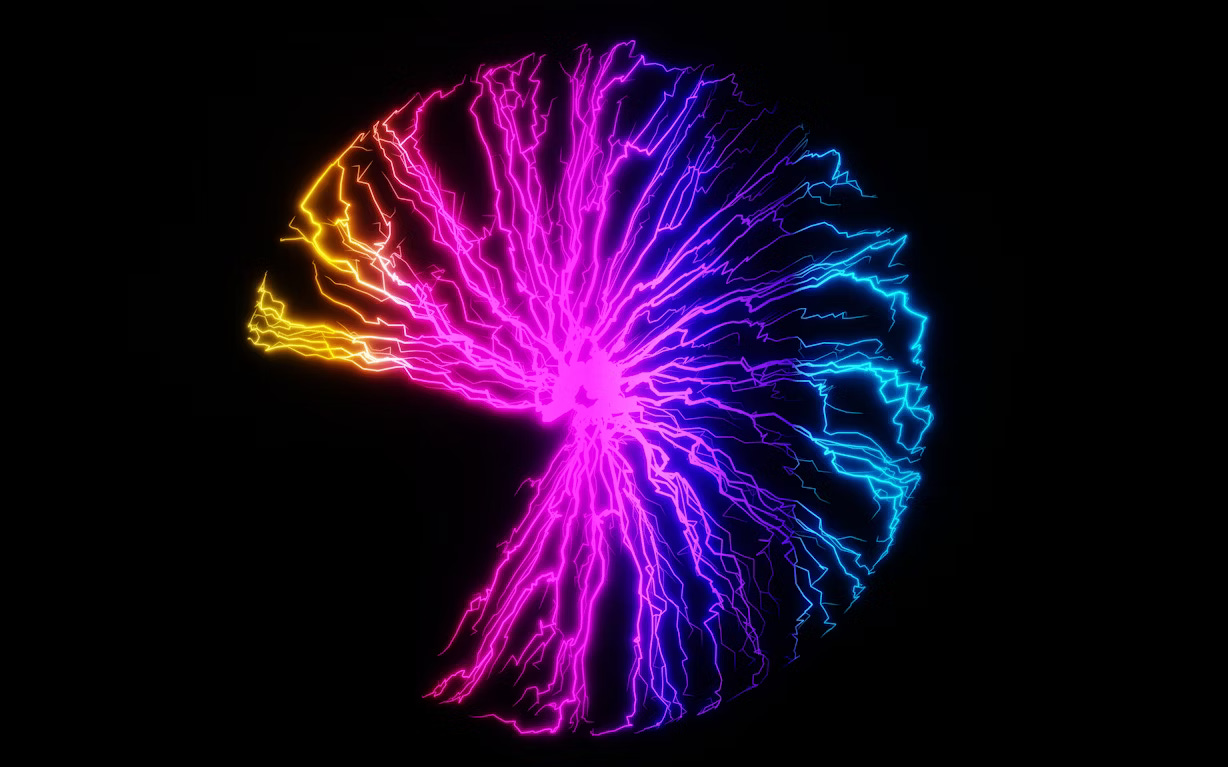Nervous System Mastery: Individualised streaming of the ‘feels’ and a dash of autonomic reactivity (or not:)

It can be very easy to forget or to dismiss the constant stream and evaluation our internal states are managing, in relation to the environment we inhabit. The nervous system is trying to avoid harm/pain, manage energy reserves and identify opportunities. Our personalised conscious reality is also underpinned by what we ‘feel’ being heavily linked to many biological and psychological components, facilitating adaptive responses from the past as well as the present. Key aspects contributing to the internal state are the hedonic tone of the emotion and its arousal (intensity). Lets look at some examples:
The other day I found myself taking a break, sitting on a park bench, all wrapped up keeping warm. The sun was out and it was a bright blue sky. Two squirrels chasing one another caught my attention. The hedonic tone was very much in the ‘positive’ sphere. I was curious and happy so the arousal triggers were activated. In contrast, the next day, I was driving along and someone pulled out in front of me unexpectedly, leaving me trapped in the yellow box. Hedonic tone was very much in the negative, angry zone and it also triggered high arousal. As we can see the hedonic tone is on a continuum (e.g. happiness v infuriated, amused v sadness), likewise the arousal can also remain low across positive and negative tones. Such as if I feel gloomy or content, arousal activation can be low.
Our very own brain signatures
So as all these feelings are underpinned by neurobiology, we of course all have our own distinct brain signatures and as science advances we will be able hone in further to observe individual nuances. But have you ever considered the distinction between the subjective experience, we feel, and the body’s involuntary response (autonomic reactivity), such as increased heart rate or sweating? Lets delve abit deeper.
Distinct dimensions of an emotional response
Neuroimaging studies have demonstrated that the two dimensions of an emotional response are not always correlated. For instance some people may have an overwhelming internal feeling of fear but a weak physical (body) reaction or vice versa. Now over the years I have had a couple of significant panic attacks, with hindsight it has always been an accumulation of emotion/mental challenges linked to past complex trauma. For me my subjective experience and autonomic response are correlated. I have experienced a loss of feeling in the extremities and extreme dizziness. I can exhale too much carbon dioxide and my hands then become rigid. But to reiterate for others there may not be a physical autonomic reaction or it could vary, here are some other examples - blood pressure, skin conductivity changes or suddenly jolting.
Uniquely YOU
Likewise just as there can be variation in autonomic responses, the sensitivity of the ‘feels’ themselves vary and of course can change across the life span (childhood, teenager, 20s, 30, parenthood, hormonal changes and beyond). If it serves you to feel the feels or even notice the lack of feels find the best and safest way for you to do that, but ultimately remember to acknowledge the complexity and wonder that makes you uniquely YOU. Dare to start working with your nervous system to understand what it needs to thrive.

